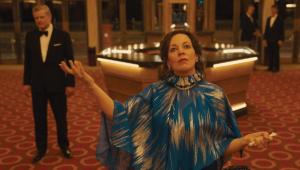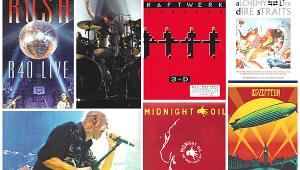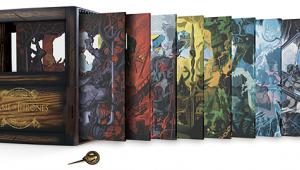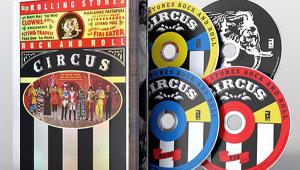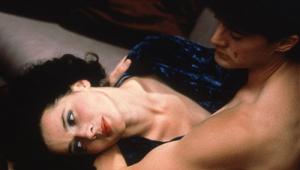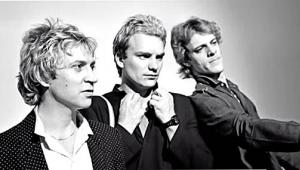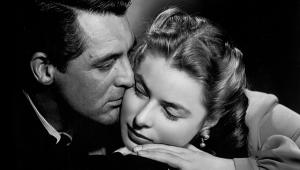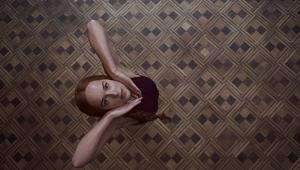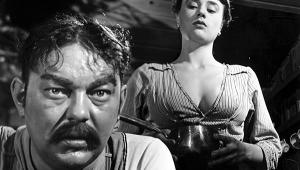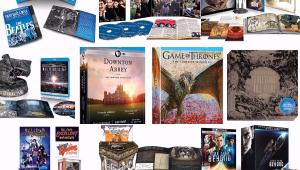Signs
Graham Hess lives with his two children and younger brother on a Pennsylvania farm. Six months earlier, Hess, then a clergyman, left the church, disillusioned by his wife's tragic death. One day he discovers crop circles in his cornfield. His initial puzzlement turns to terror as the full meaning of the circles is revealed.
 M. Night Shyamalan's Signs, a follow-up to his blockbuster The Sixth Sense and less successful Unbreakable, delivers some of the best movie scares I've ever experienced. Shyamalan believes in the old adage that it's not what you show that matters, it's what you don't show. Here he gives us only tantalizing glimpses until the climax, and even then, our imaginations supply most of what we think we're seeing.
M. Night Shyamalan's Signs, a follow-up to his blockbuster The Sixth Sense and less successful Unbreakable, delivers some of the best movie scares I've ever experienced. Shyamalan believes in the old adage that it's not what you show that matters, it's what you don't show. Here he gives us only tantalizing glimpses until the climax, and even then, our imaginations supply most of what we think we're seeing.
Signs may be Shyamalan's best effort yet, but it isn't just about sci-fi thrills and chills. Nor is it an action picture or a special-effects extravaganza. It's more about its characters than its plot, and how external events can affect one's faith. This isn't the first time Shyamalan has addressed religious—or at least supernatural—themes in a way that sneaks up on the viewer, and he succeeds again here. The story itself is so compelling you don't realize the director's sleight-of-hand until the movie is over.
The cast is just about perfect, with Joaquin Phoenix playing an appealing character for a change and Rory Culkin proving that the Culkin clan has plenty of acting genes left in the hopper. Mel Gibson gives one of his best performances—one that probably won't be remembered at Oscar time because the Academy rarely pays much attention to this sort of film. If they do, they might also give it a nod for Best Picture.
The video transfer is solid, with no artifacts and little visible edge enhancement. The photography looked just a little grainy when I saw the film in the theater, and that's what I see in the DVD. It's also a difficult movie for displays with less than pristine blacks. If your brightness is set too low, even on a good display, you'll miss the first real scare in the film; it disappears completely. Fortunately, the THX Optimode feature should keep this from happening. Use it.
The sound is a trace below the best. Most of the effects are subtle and well-recorded, the dialogue is uncolored, and the surrounds are active when they need to be. But the music track is just a little bright—not at all typical of the work of music scoring mixer Shawn Murphy. But few listeners will find the brightness excessive, unless their speakers are also tipped up in the treble.
Extras include "Making of" features on various aspects of the production and a commentary (in a featurette—there is no commentary track) from Shyamalan. There are several deleted scenes that were best left on the cutting-room floor (they're good, but slow down the story), storyboards, and a not-very-interesting multi-angle feature in which you can select one of two scenes that run as storyboards backed up by the music or the sound effects—or both. There's also a hilarious presentation of Shyamalan's first "monster movie," made when he was a teenager. It runs only about a minute, but it's the most fun special feature on the disc.
Overall, the DVD's extras are good but in no way exceptional—could there be a special edition on the way? We have no word on that, but I do know that Signs may be M. Night Shyamalan's best film, and is certainly one of the best of 2002.—TJN
- Log in or register to post comments
